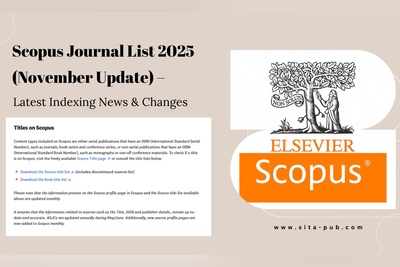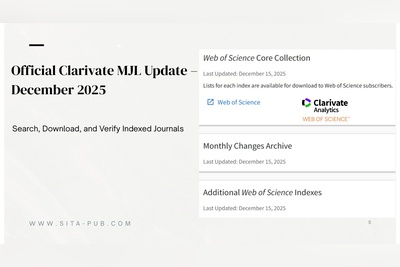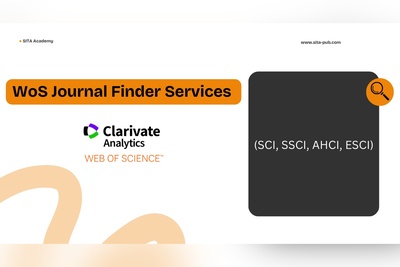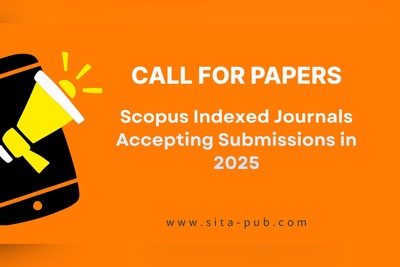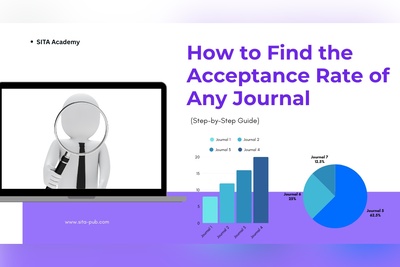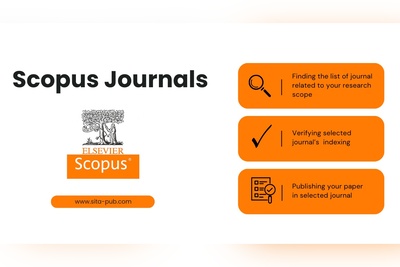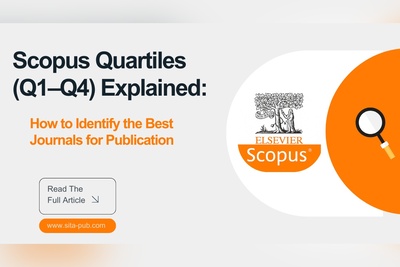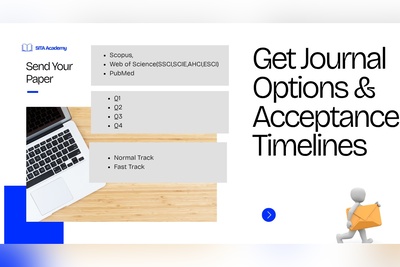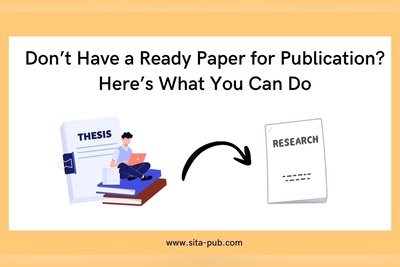How much does it cost to get a research paper published?
When it comes to publishing a research paper, whether in Scopus, WoS, or PubMed journals, the first question is: how much does it cost? Learn about journal fees, optional services, and real publishing costs for researchers.

For many researchers—especially students and early-career scholars—the most common question is:
“How much does it really cost to publish a research paper?”
The truth is, there is no single fixed price. The total cost depends on several factors, such as whether you already have a ready manuscript, the type of journal you choose, and whether you use professional publication support services.
In this article, we’ll break down the different types of costs involved in the publication process, so you know exactly what to expect.
Different Costs in the Research Paper Publishing Process
When we talk about the “fee for publishing,” many assume it’s just the journal’s publication fee. In reality, there are several stages before and after that. Let’s go step by step.
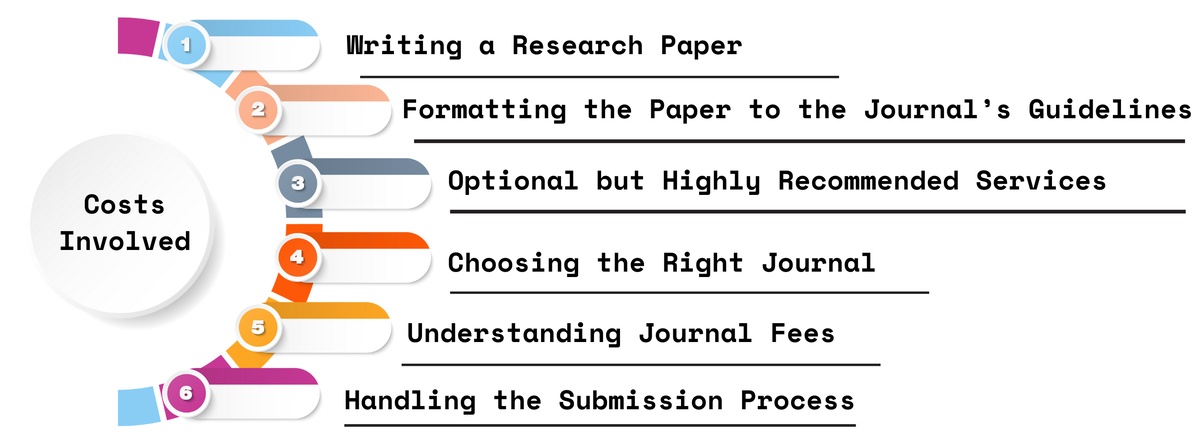
1. Writing a Research Paper
The first step is having a research paper that’s ready for submission.
If your paper is already written:
Great! You don’t need to spend extra money on writing services.If your paper is not ready:
You may need professional academic writing services to draft a paper. However, the more ethical and cost-effective approach is to use your existing thesis or dissertation and convert it into research articles. This is called article extraction from thesis, and it’s a widely accepted practice.
Instead of paying someone to write from scratch, this process allows you to:
Use your own original data.
Maintain academic integrity.
Save time and money.
Many research centers, including SITA Academy, offer thesis-to-article extraction services that turn your work into publishable papers.
2. Formatting the Paper to the Journal’s Guidelines
Every journal has its own submission guidelines, which include:
Word limits
Font and spacing
Reference style (APA, MLA, Vancouver, Harvard, etc.)
Figure and table formatting
Cover letter requirements
If you don’t follow the guidelines exactly, your paper could be desk rejected before even reaching the reviewers.
Option 1: Do it yourself
If you’re confident and patient, you can carefully format your paper yourself.Option 2: Use professional services
Many research support centers offer manuscript formatting services where they ensure your paper is tailored to the exact requirements of your target journal. This can save you stress and reduce rejection risk.
3. Optional but Highly Recommended Services
Beyond writing and formatting, there are additional services that may or may not be required depending on your paper:
Native English Editing
Some journals (especially Scopus or ISI indexed ones) require a certificate of native-English editing. Even if it’s not required, professional editing greatly increases your chance of acceptance.Plagiarism Check & Removal
Most journals use plagiarism detection tools (like Turnitin or iThenticate). If your similarity index is too high, your paper will be rejected immediately. A plagiarism check before submission helps avoid this.Graphical Abstracts & Figures
Many high-impact journals now ask for a graphical abstract—a visual summary of your study. Professional design services can prepare this for you.
These services are optional, but in competitive journals, they can make the difference between acceptance and rejection.
4. Choosing the Right Journal
The next major step is selecting the right journal. This decision influences both your paper’s visibility and the cost of publishing.
Factors that affect journal choice include:
Indexing (Scopus, Web of Science, PubMed, ISI)
Quartile Ranking (Q1, Q2, Q3, Q4)
Publication Timeline (fast-track vs. normal)
Scope and Fit (does your paper match the journal’s focus?)
Journal selection is not easy. Submitting to the wrong journal often leads to rejection. That’s why many researchers use journal selection services, which are usually free of charge.
At SITA Academy, we analyze your paper and send you a list of suitable journals tailored to your topic, ranking preference, and budget.
5. Understanding Journal Fees
This is the part most researchers focus on—the journal fees. But it’s important to understand that journals may have different types of charges, including:
Submission Fee: Some journals charge a small fee just to consider your paper (though not very common).
Acceptance Fee / APC (Article Processing Charge): This is the most common cost in open access journals. It can range from $300 to $3,000 depending on the journal’s prestige.
Page Charges: Some journals charge for extra pages if your paper exceeds a limit.
Color Figures & Printing Charges: If you request printed copies or colored figures in print journals, there may be additional fees.
Important note: Subscription-based journals (not open access) often don’t charge an APC. However, their visibility is limited since only universities with subscriptions can access them.
6. Handling the Submission Process
Submitting a paper to a journal involves more than just uploading the file. You usually need to:
Register in the journal’s submission portal (like ScholarOne, Editorial Manager, or Elsevier’s system).
Upload the paper in multiple formats.
Submit a cover letter.
Attach plagiarism and editing certificates (if required).
Suggest potential reviewers.
You can absolutely handle this yourself if you’re comfortable with the process. But many researchers prefer to use publication support services that handle everything professionally, ensuring no mistake is made during submission.
So, What Are the Real Costs?
To summarize, there are two main categories of costs:
A. Journal Fees
Submission fee (if any)
Article Processing Charge (APC)
Extra charges (pages, color figures, etc.)
B. Publication Support Service Fees (optional but helpful)
Article extraction from thesis (if you don’t have a paper ready)
Formatting to journal guidelines
Native English editing & certificate
Plagiarism check and removal
Graphical abstract & cover letter preparation
Full submission handling

The exact amount varies from researcher to researcher, depending on whether you already have a paper ready, the type of journal you choose, and whether you want professional support.
The Best Research Publication Support Services | SITA Academy
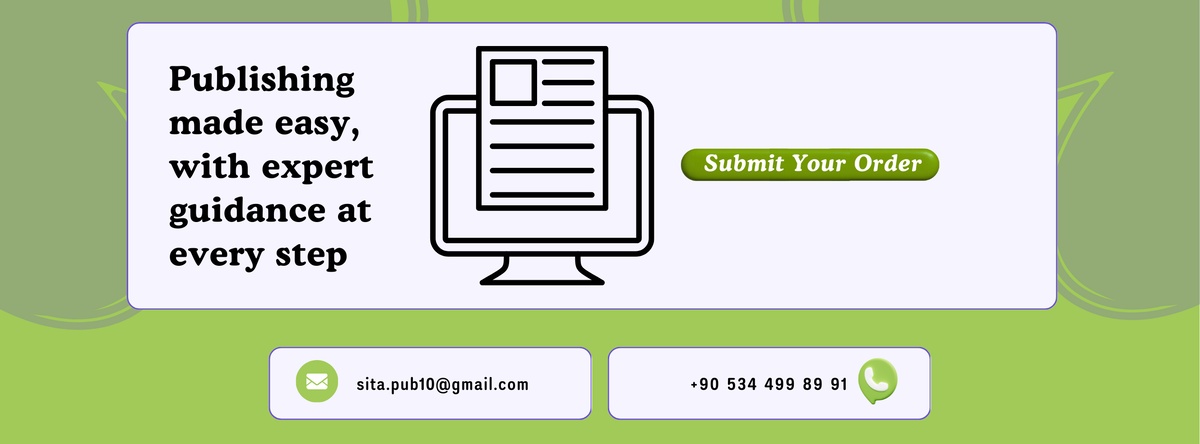
At SITA Academy, we help researchers every step of the way—from your first draft to final publication. Our services include:
Article extraction from thesis
Journal selection (Scopus, WoS, PubMed)
Professional editing & formatting
Plagiarism check and removal
Preparation of abstracts, cover letters, and figures
Full submission handling & progress report
And the best part? Our journal selection service is completely free.
Send us your paper (or thesis) today for a free analysis through below channels. We’ll review your work, suggest suitable journals, and give you a clear plan for publication.
Verified Contact Channels
If you have any questions, inquiries, or would like to learn more about our services, please don't hesitate to reach out to us. Our dedicated team is ready to assist you.





